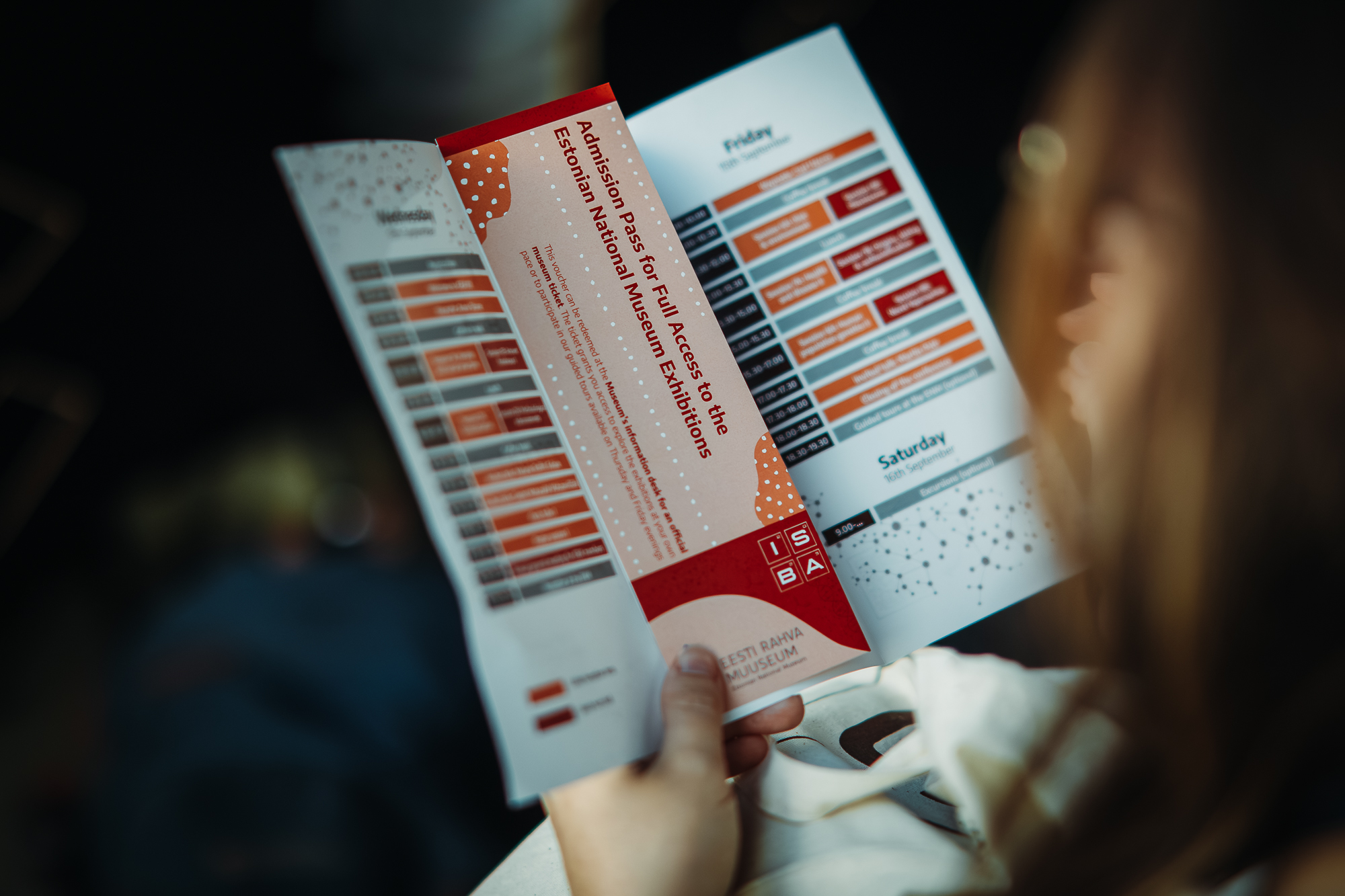ISBA10

A revolutionary phase has emerged in archaeology through biomolecular advancements. This interdisciplinary field has undergone transformative changes, harnessing innovative technologies that offer insights into ancient history. The recent tenth International Symposium of Biomolecular Archaeology (ISBA10) at the Estonian National Museum in Tartu highlighted these developments. It brought together experts from diverse fields, covering topics from species domestication to ancient diseases and migration patterns. The conference abstracts are available here.
Biomolecular archaeology delves into material heritage using sustainable methods, aiming for maximum information with minimal damage. Novel techniques, like ZooMS, allow bone species identification by merely rubbing their surface with an eraser. However, ethical considerations persist regarding the use of ancient remains for research purposes, prompting the need for data accessibility and standardization.
Genetics, a subset of biomolecular archaeology, has rapidly evolved beyond tracing major migrations. It now explores ancient diseases, environmental contexts, and social structures through innovative means, such as analyzing ancient chewing gums and worn jewelry. Preservation of molecules in various ancient objects provides crucial insights into ancient diets and protein sources.
Keynote speakers at the conference emphasized the significance of biomolecular research, particularly ancient DNA studies, highlighting its societal impact. Anne Stone focused on ancient DNA’s catalytic role, exemplified by Svante Pääbo’s Nobel Prize in 2022. Carl Heron stressed the importance of disseminating scientific findings to the public.
ISBA10 attracted over 400 participants, showcasing the collaborative efforts of the University of Tartu, the Geenikeskus Foundation, and various supporting institutions, including the European Union projects, underscoring the collective commitment to advancing biomolecular archaeology.
